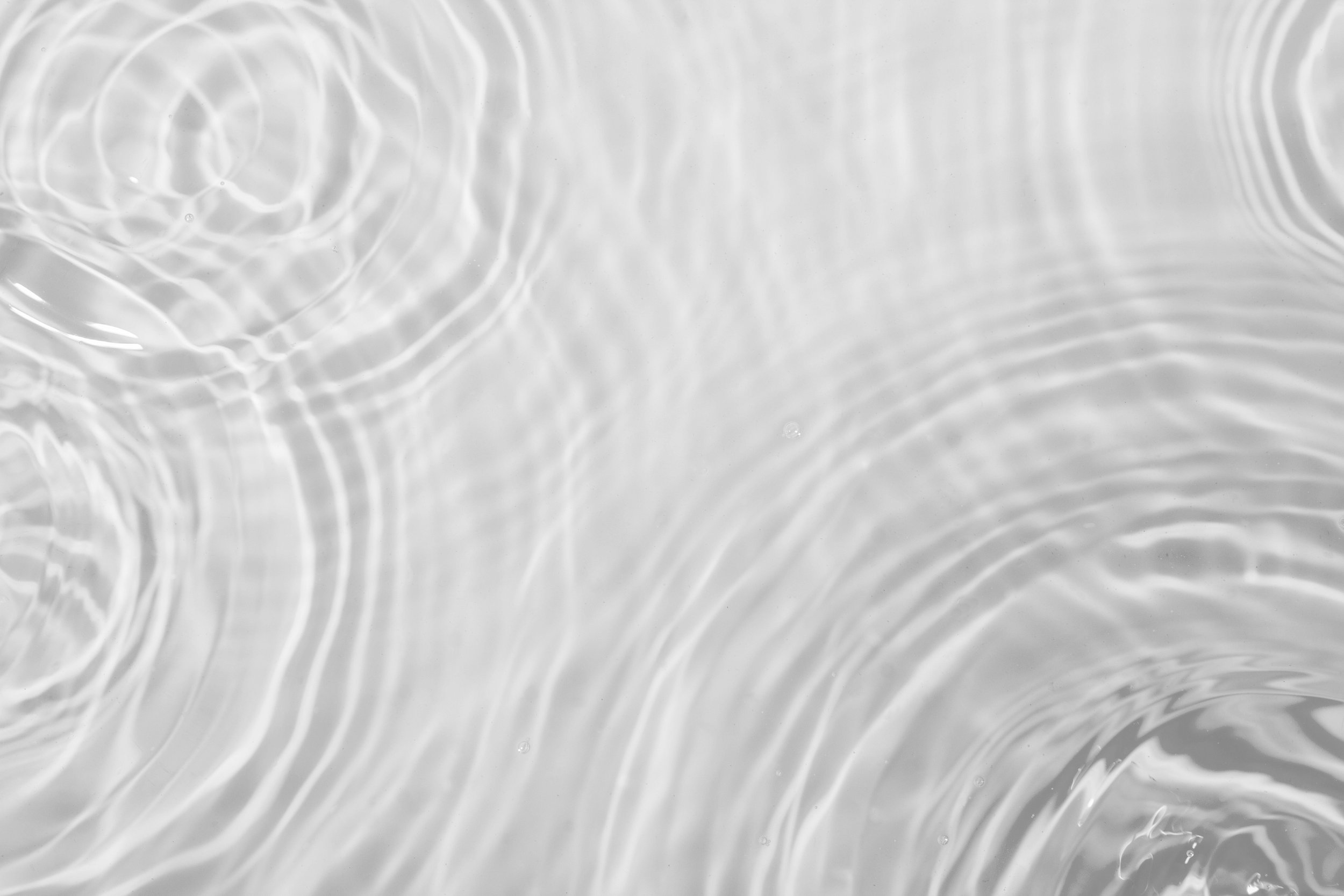
How to Design a Pool That Reduces Heat Absorption
Smart Pool Design for a Refreshing Escape
In North Texas, where scorching summers are the norm, designing a pool that minimizes heat absorption can make a significant difference in water temperature, comfort, and maintenance costs. By selecting the right materials, colors, and design features, you can keep your pool cooler and more enjoyable, even during peak summer months.

What Causes Heat Absorption in Pools?
Intense Sun Exposure
North Texas experiences long, hot summers with intense sunlight. Pools that are directly exposed to the sun for extended periods absorb more heat, raising the water temperature. Without proper shading or reflective design elements, the pool's surface and water can become excessively warm.
Heat-Retaining Pool Decking Materials
Certain pool deck materials, such as dark concrete, stone, or tile, absorb and retain heat. This radiated heat can transfer to the pool water, raising the overall temperature. Using heat-reflective or lighter materials for decking can help reduce this effect.
Dark Pool Finishes
Darker-colored pool surfaces, such as black or dark blue, absorb more heat from sunlight compared to lighter-colored finishes. This increased heat absorption can lead to higher water temperatures and a less comfortable swimming experience, especially during the peak of summer.
Shallow Pool Design
Shallow pools absorb more heat than deeper pools due to their larger surface area in relation to the water volume. In North Texas, where temperatures can soar, a shallow pool will heat up much faster than a deeper design, making it more challenging to maintain a comfortable swimming temperature.
Light-Colored Pool Finishes
Use Reflective Decking Materials
Incorporate Shade Features
Install Water Features for Cooling
Opt for A Pool Cover
Key Design Strategies to Reduce Pool Heat Absorption
The color of your pool’s interior finish plays a major role in heat absorption. Darker colors absorb more sunlight and retain heat, making the water noticeably warmer. Opting for lighter shades like white, beige, or light blue helps reflect sunlight and maintain a cooler water temperature.
The materials surrounding your pool can also impact its temperature. Dark or dense materials, such as stone or brick, can absorb and radiate heat into the water. Instead, use heat-reflective decking options like light-colored concrete, cool-touch pavers, or composite materials designed to stay cooler under the sun.
Adding shade elements such as pergolas, umbrellas, shade sails, or strategically planted trees can reduce direct sunlight exposure to the pool. Less sun exposure means lower water temperatures and reduced evaporation.
Moving water dissipates heat more efficiently than still water. Adding waterfalls, fountains, or deck jets can help circulate and aerate the water, naturally lowering its temperature while enhancing aesthetics and relaxation.
A pool cover can help control water temperature by limiting heat absorption during the day and reducing overnight heat loss. Reflective or insulated covers can be particularly effective in keeping water cooler in hot climates.
How Pool Depth and Orientation Impact Heat Absorption
Pool Orientation
The orientation of your pool relative to the sun can also affect how much heat it absorbs. Pools that are positioned to receive full sun exposure throughout the day will heat up more quickly. By orienting your pool to face away from the direct midday sun or utilizing natural shading elements (such as trees or structures), you can significantly reduce the amount of heat absorbed. Additionally, angling your pool to capture cooler breezes or limit exposure to afternoon sun can help keep the water temperature more comfortable and energy-efficient.
Pool Depth
The depth of your pool plays a crucial role in how much heat it absorbs. Shallow pools have a larger surface area relative to the volume of water, which makes them more prone to heating up quickly when exposed to the sun. In contrast, deeper pools absorb less heat overall because the water has more volume to distribute the incoming energy, keeping the temperature more stable. When designing a pool in North Texas, consider a deeper pool to help mitigate rapid heat absorption, particularly if you want to maintain a cooler swimming environment during the hottest months.

Common Questions About
Reducing Heat Absorption in Your Swimming Pool
-
To reduce heat absorption, consider using light-colored finishes for the pool surface, choosing heat-reflective decking materials, incorporating shade features, and positioning your pool away from direct sun exposure. Additionally, deeper pools tend to retain cooler temperatures than shallow ones, and adding water features can help cool the water.
-
Yes! Dark-colored pool finishes absorb more sunlight and retain heat, causing the water temperature to rise. Opting for lighter pool finishes, such as white or light blue, helps reflect sunlight and maintain cooler water temperatures.
-
Using light-colored or heat-reflective decking materials, like cool-touch pavers, light concrete, or composite materials, can significantly reduce heat absorption. These materials stay cooler underfoot and prevent radiating heat into the pool water.
-
Positioning your pool to avoid direct sun exposure during peak heat hours (usually midday) can help reduce heat absorption. By orienting your pool to capture cooler breezes and limit sun exposure, you can maintain a more comfortable water temperature.
-
Yes, incorporating shade features such as umbrellas, pergolas, or shade sails can limit the amount of direct sunlight hitting the pool. This reduces heat absorption and helps keep the pool cooler, especially during the hottest part of the day.
-
Yes, deeper pools are less likely to heat up quickly compared to shallow pools. The larger volume of water in deeper pools helps to distribute heat more evenly, preventing rapid temperature increases and maintaining a more comfortable swimming environment.
-
Water features like waterfalls, fountains, or deck jets increase water circulation and aeration, which helps cool the pool water by promoting evaporation and dissipating heat. These features not only enhance the aesthetics of your pool but also help keep the water temperature lower.
Let Us Help
•
Let Us Help •
Design a Cooler Pool with Foley Pools
Ready to beat the heat with a custom pool designed to stay cooler all summer long? Whether it’s choosing the right materials, adding shade features, or optimizing pool depth and orientation, Foley Pools has the expertise to create the perfect pool for your needs.
Contact us today to schedule a consultation and start designing your ideal pool that’s both energy-efficient and comfortable!







